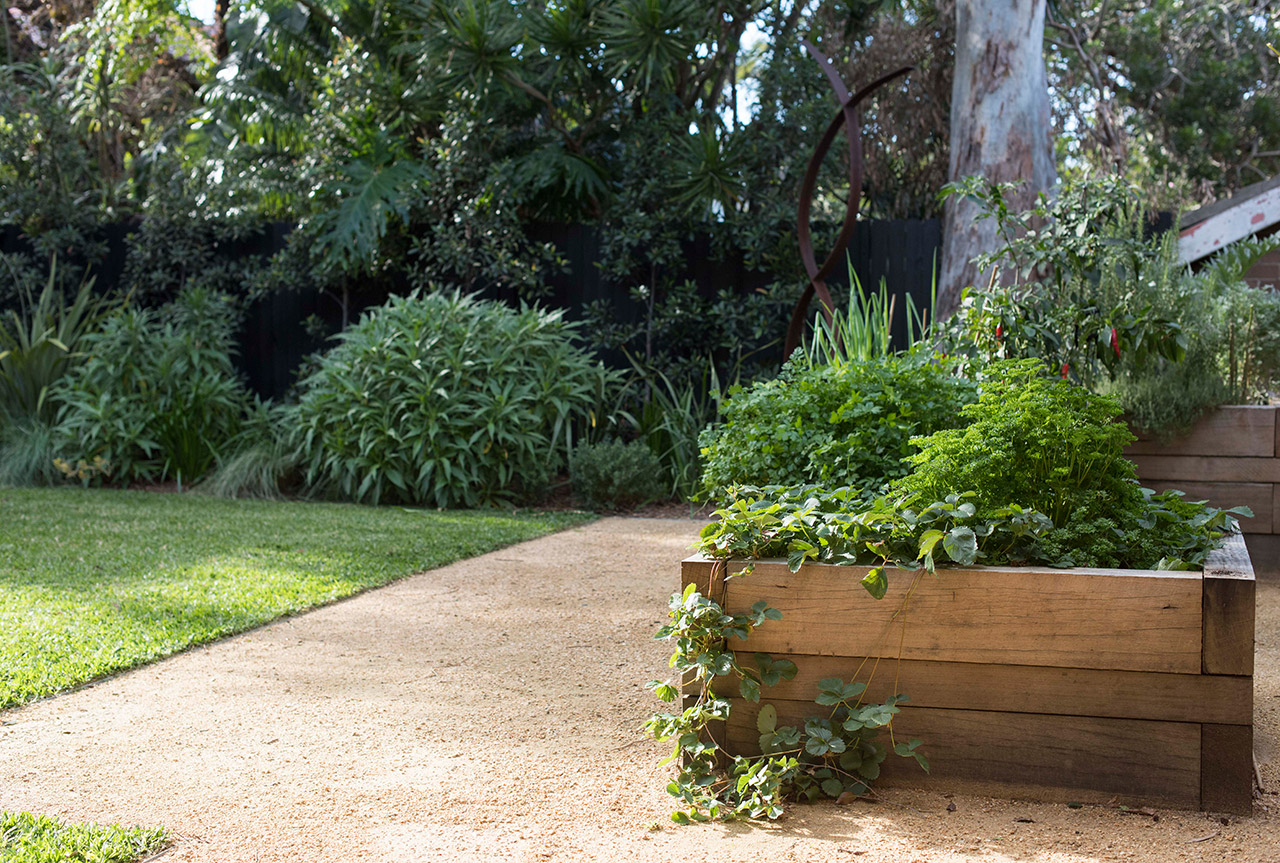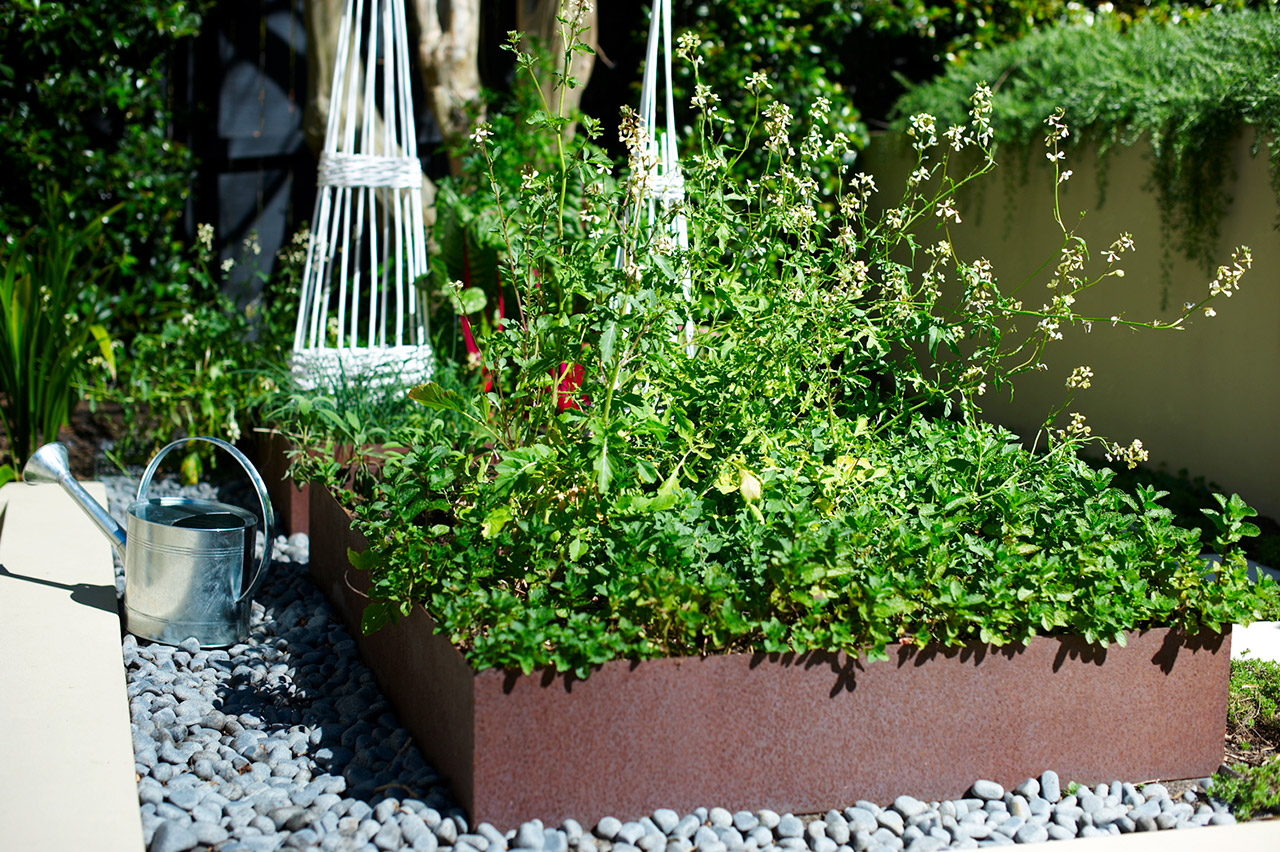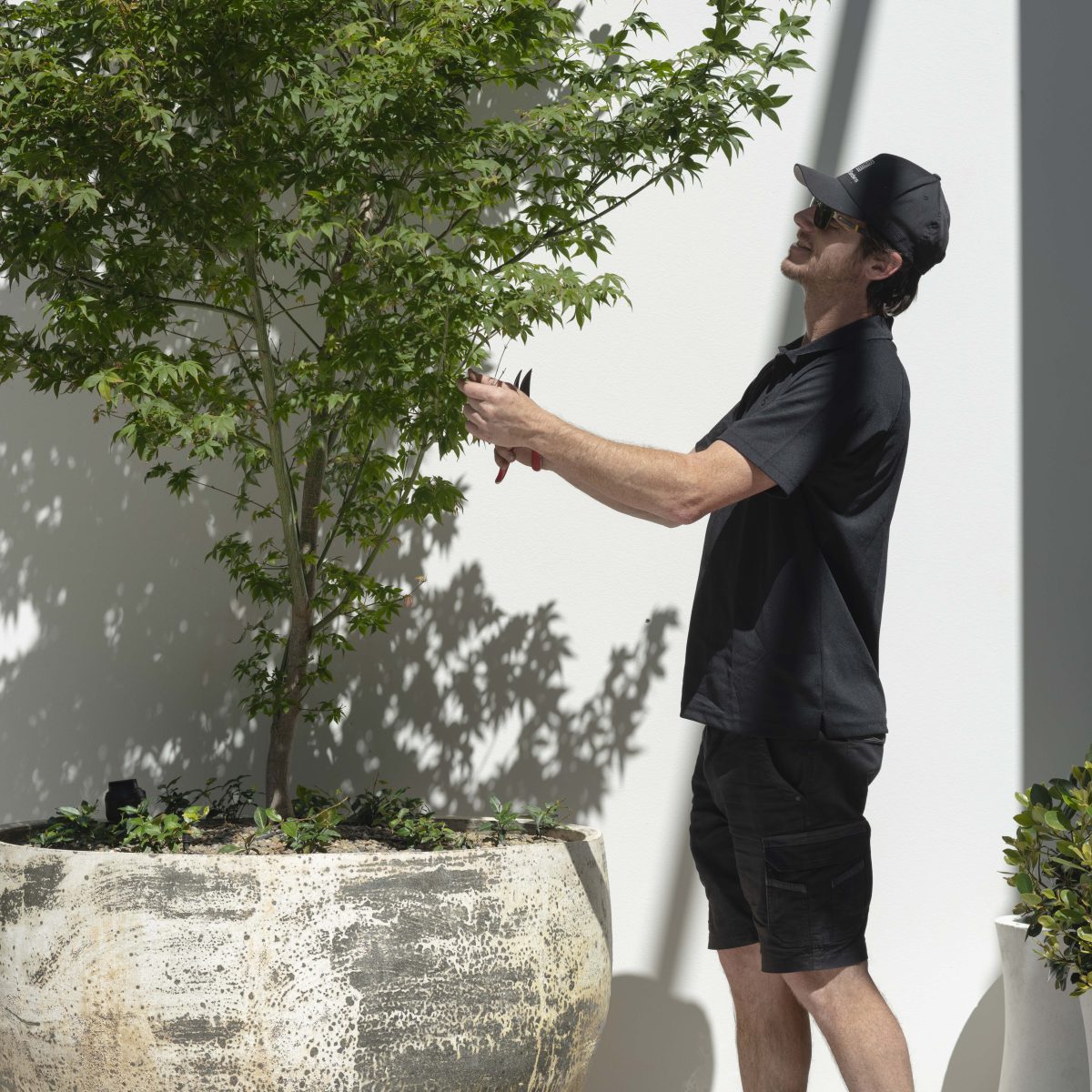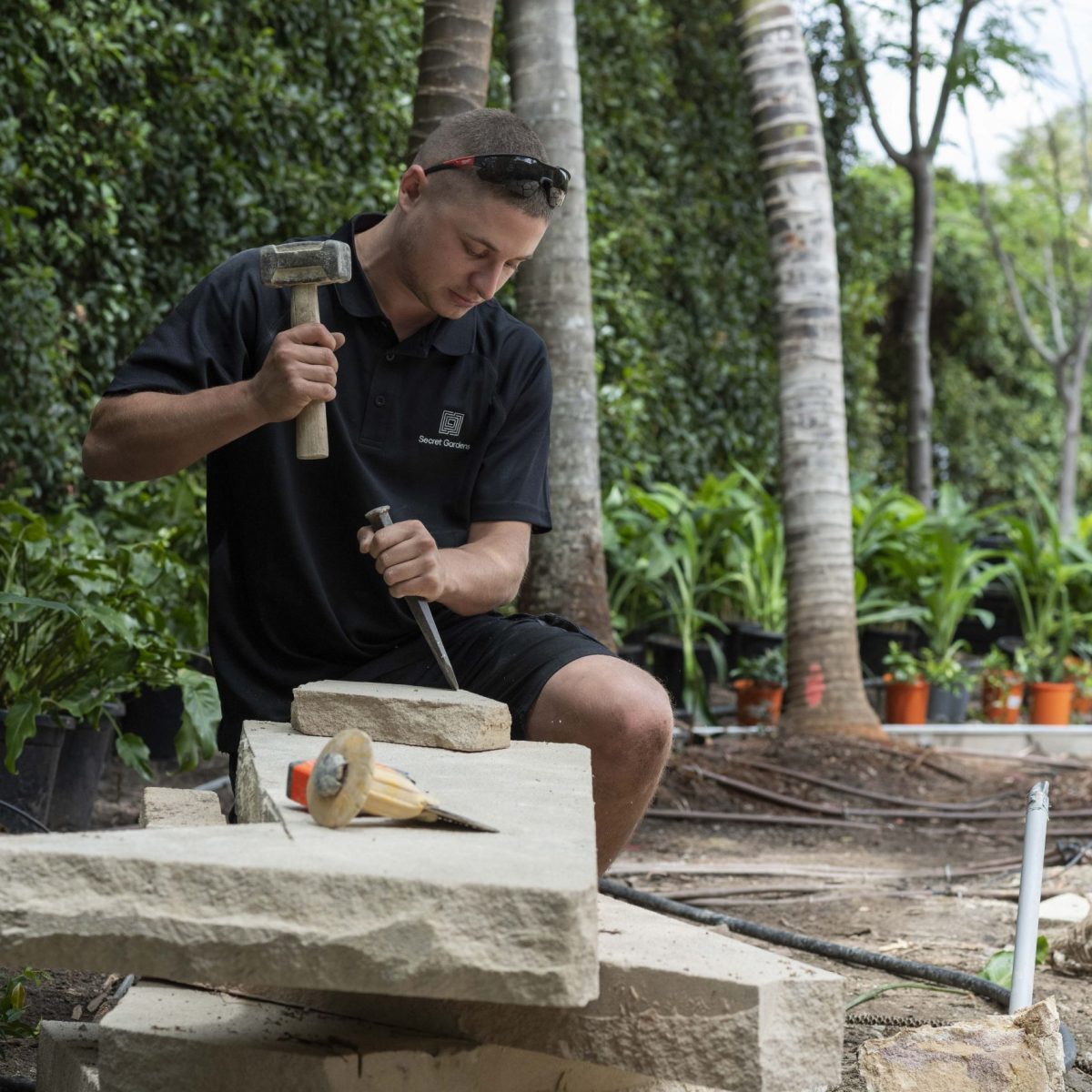Vegie gardening 101
Growing vegetables successfully comes down to one secret: understanding that these are short-lived plants. They are designed to grow incredibly fast for a relatively short period and that therefore their needs are great – more water, more sunshine, more feeding. To create your edible garden start by choosing the sunniest spot in the garden. Raised garden beds are common and a great idea if you can afford them. It will not only saving your back as you bend over to weed, but also allow you to build up the bed with amazing soil, which you will then frequently enrich with compost, aged manure and lucerne mulch. Fast-growing plants are incredibly thirsty! Water them daily – not just on the weekend when you remember! If you can set up automatic irrigation to your edible garden, even better. Supplement with liquid feeding weekly and you’ll have an enviable crop in no time.
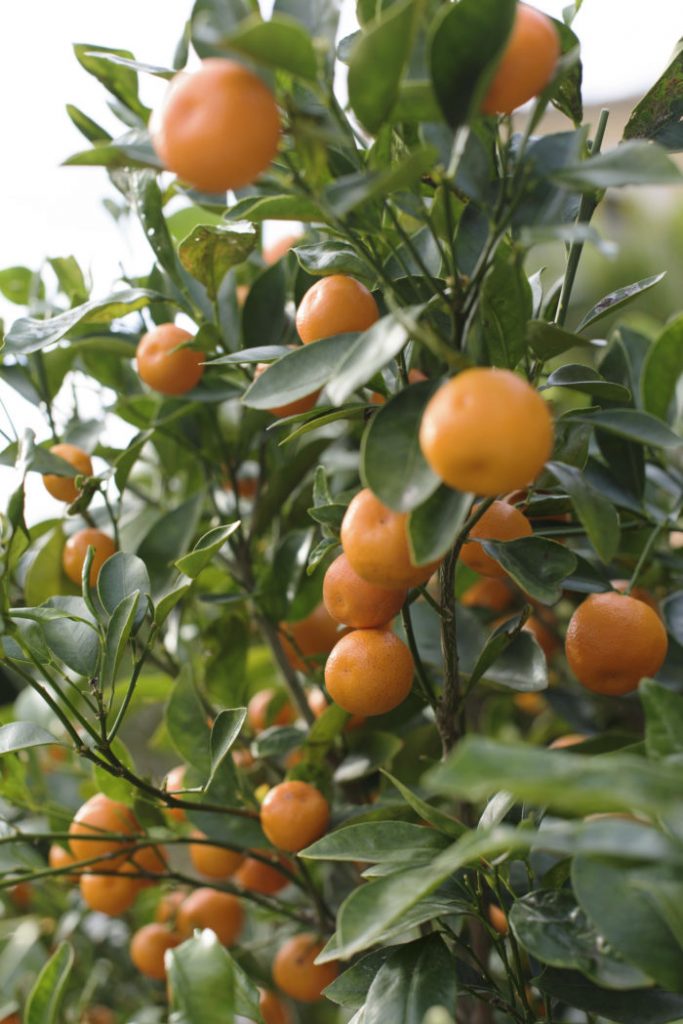
Pests are the bane of vegetable gardeners and there’s no magic button to solve the problem, but there are plenty of things that can help. Organic pesticides work best used preventatively. The old trick of using beer to lure slugs and snails really works; and picking off the bugs by hand (look for them in the early morning and evening) is tedious but effective. Otherwise, the best solution to pest issues is to feed and water your plants, encouraging them to grow fast enough that a few nibbles from the odd caterpillar won’t hurt them much.
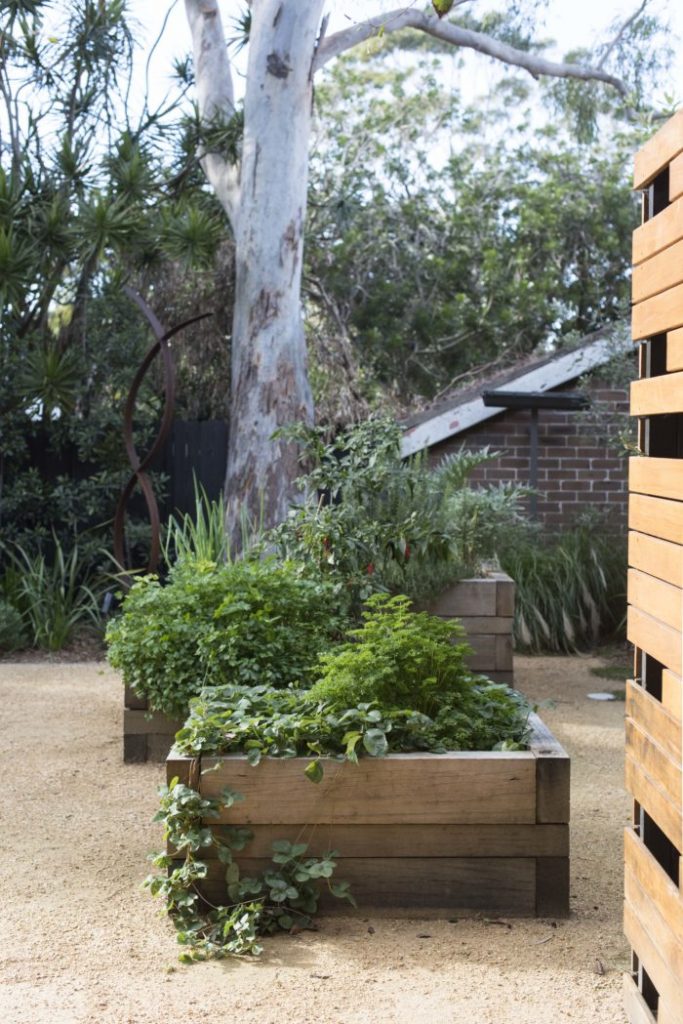
What to plant
Vegetable gardening is a year-round pursuit, with something to plant at every time of the year, even if you’re jumping on the edible garden bandwagon on the cusp of Winter! This time of year, coming into Spring, is rich with possibilities. Consider putting in rocket, spinach, silverbeet, radishes, beans, eggplants and capsicums, just for a start. Cherry tomatoes are an almost foolproof crop and great fun to do with the kids, as are strawberries.
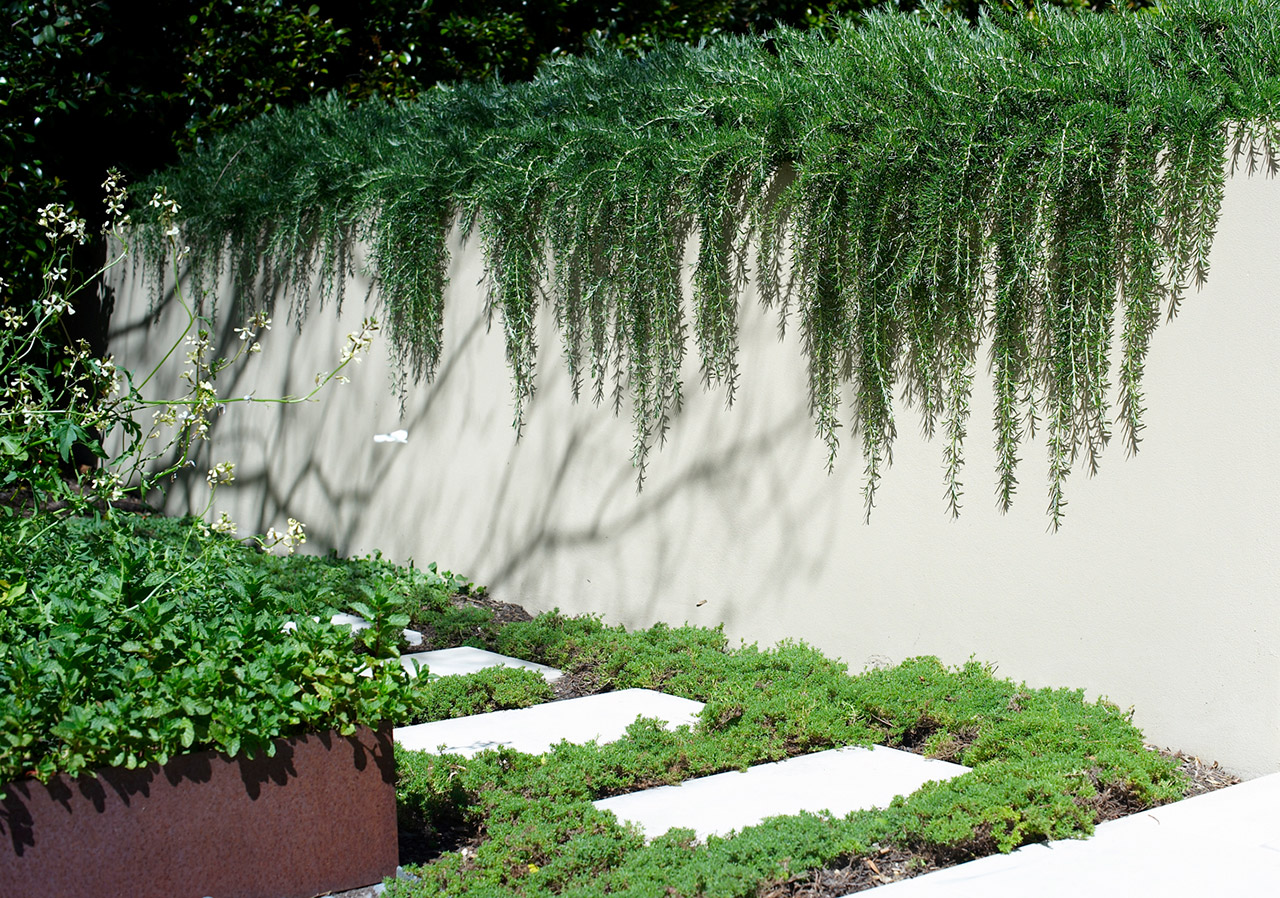
Pretty edibles
Locating your edible garden within easy reach of the back door is a great way to prompt you to take care of it, and there are plenty of ways to pretty up the beds if they’re sitting centre stage. Alongside your more basic veg, consider planting pretty edible flowers – nasturtiums, violets and marigolds are all sweet little blooms that you can also throw in salads or use as garnishes. Rosemary is a lovely edition to a garden bed and can trail over the edge. Rhubarb is a looker with its bold stems, while unusual varieties of vegetables (red kale instead of green, for example) pay double dividends with visual interest and delicious flavour.
